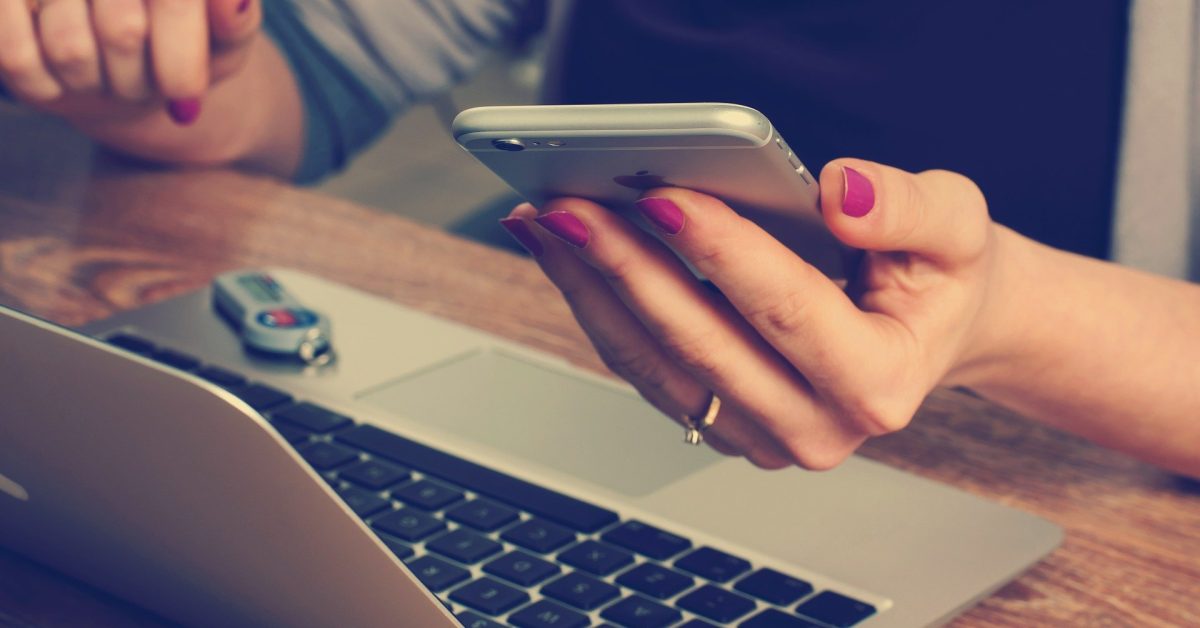If technology wasn’t confusing enough for most people, ransomware and cybersecurity are compounding the problem. Employees are required to know how to identify “fake” emails and “scams.” When an email shows up marked urgent from your boss to handle something, you must stop and make sure it really is your boss sending you the request. Oops, you clicked on the link or opened an attachment by accident. Your browser opened, but you quickly closed it. Phew, oh good, nothing happened. Maybe it was a resume you opened since you work in HR. Or a vendor invoice if you work in AP. The scenarios are endless, the results are the same. Your account has been compromised.
What Is Multi-Factor Authentication
You don’t know it yet and it may be weeks or months before the “bad people” (threat actors, a fancier name) make their move. In the meantime, they’ve been collecting your usernames and passwords for all your accounts including banks, credit cards and who knows what else. How can you stay protected when these threat actors have your passwords or pin codes you use every day on so many sites?
The answer is additional layers of security beyond just a password. Multi-Factor Authentication (MFA) is an example of this layer of security. Geo-fencing is another example. Let’s stay with MFA for now since that’s today’s topic. You may hear people talk about “Two Factor Authentication (2FA)” as well. Multi means two or more! So, let’s count the “factors”. The first one is the password you thought was secure. That’s one factor. Let’s add something you know – the security question. Where were you born? That’s a second factor. But wait, is that secure? Not with social media these days! What’s another factor? How about a 6 digit code sent to your cell phone via text message? What about a mobile app on your phone that provides you with a security code?
Mitigating Risks with Additional Layers
The optional code is an additional factor since a password is something you know and the code on the phone is something you have. A CAC card (smart card with a chip) is something the military uses. So, let’s try that out. You use the CAC card at your computer AND enter a password. This includes both something you know and something you have. Add in a PIN being sent to a fob or smartphone, and you have an additional factor. Biometrics – reading your fingerprint, retinal scanner, facial recognition, voice recognition are all examples of “multi-factor” options.
A hacker who might have your password won’t have access to your cell phone, CAC card, your eye, or your fingerprints. MFA should make losing your password to a hacker a non-event. All you must do is change your password after a known breach event.
Can MFA be hacked? Well, unfortunately, yes. If your phone has been hacked, they can intercept the code coming to your phone. Are your fingerprints in a database somewhere? Security is not perfect but that doesn’t mean we shouldn’t add additional layers of protection. That’s why we must always stay vigilant!

About the Author
As the Vice President, David Wolf is a technology visionary and serial entrepreneur with over 30 years of experience in the IT industry. David has achieved the highest industry security certifications of CISSP (Certified Information Systems Security Professional), CEH (Certified Ethical Hacker), and CCISO (Certified Chief Information Security Officer). He enjoys using his technical expertise to help fellow business owners get the most out of their IT.

